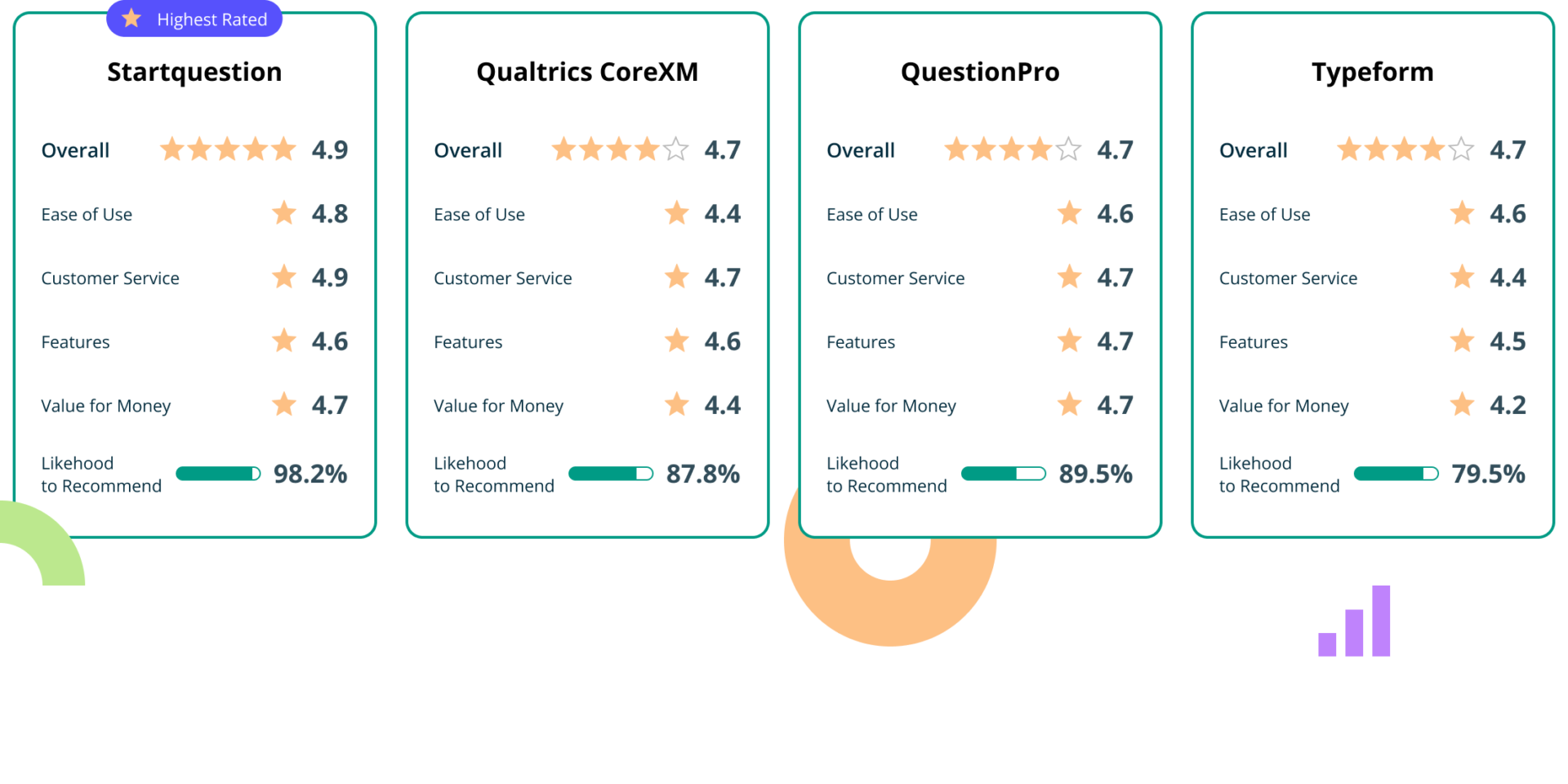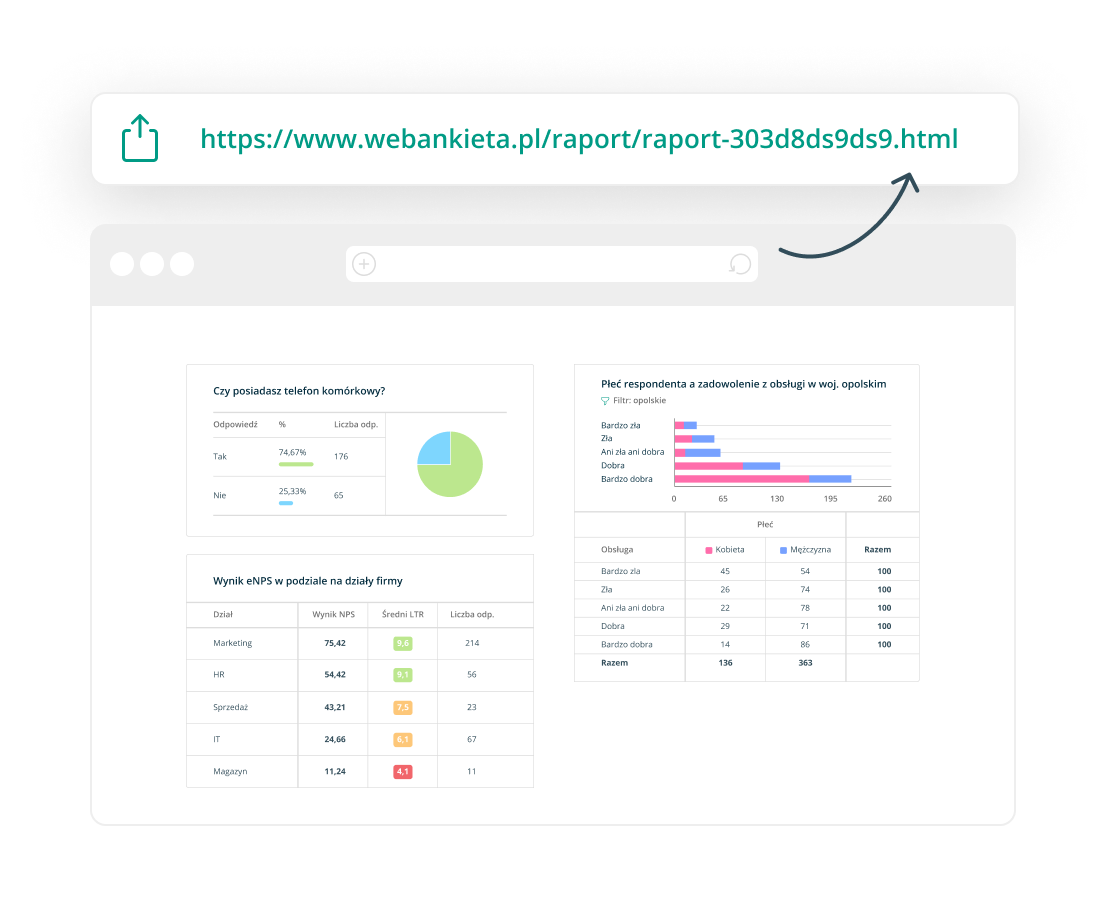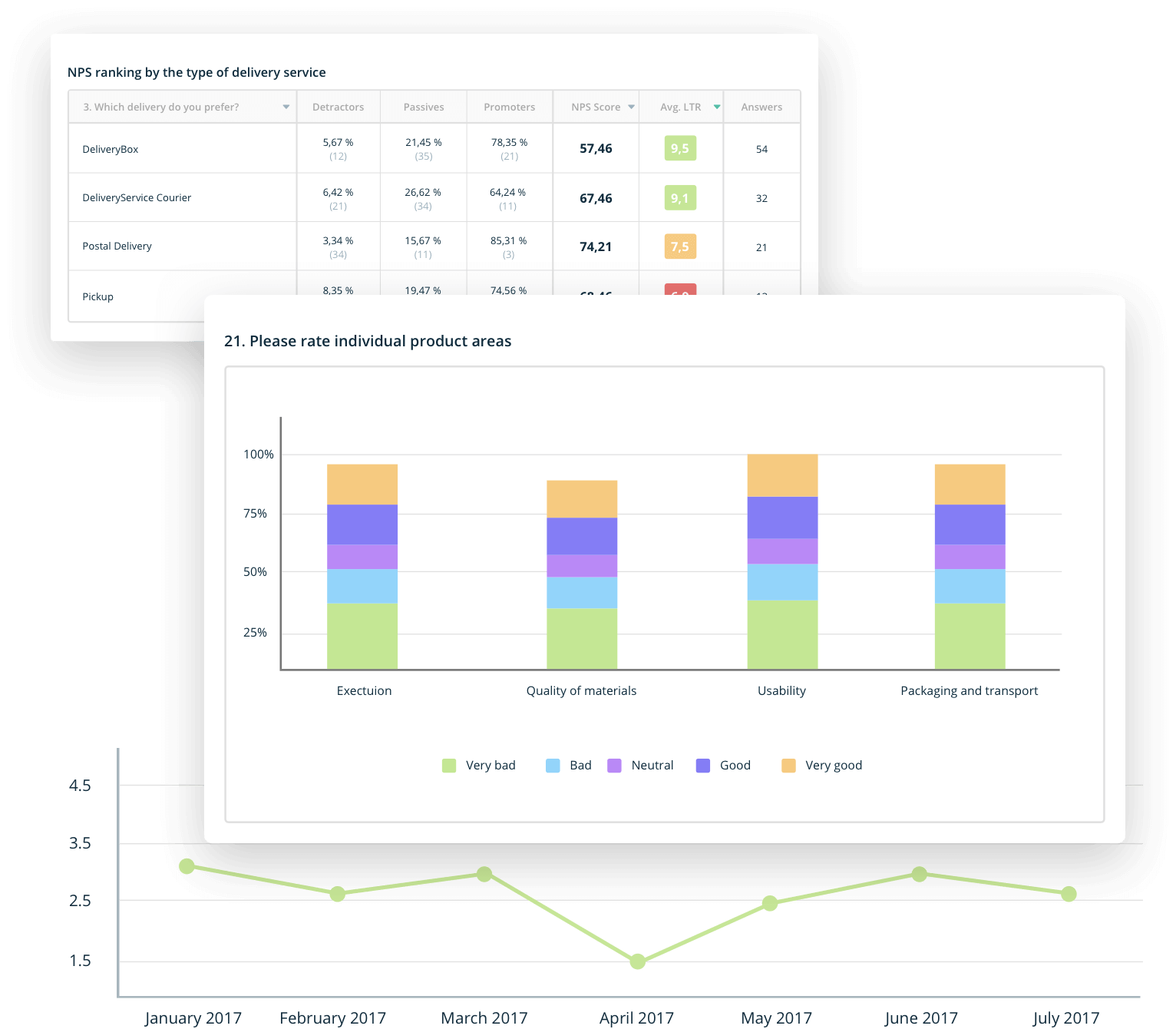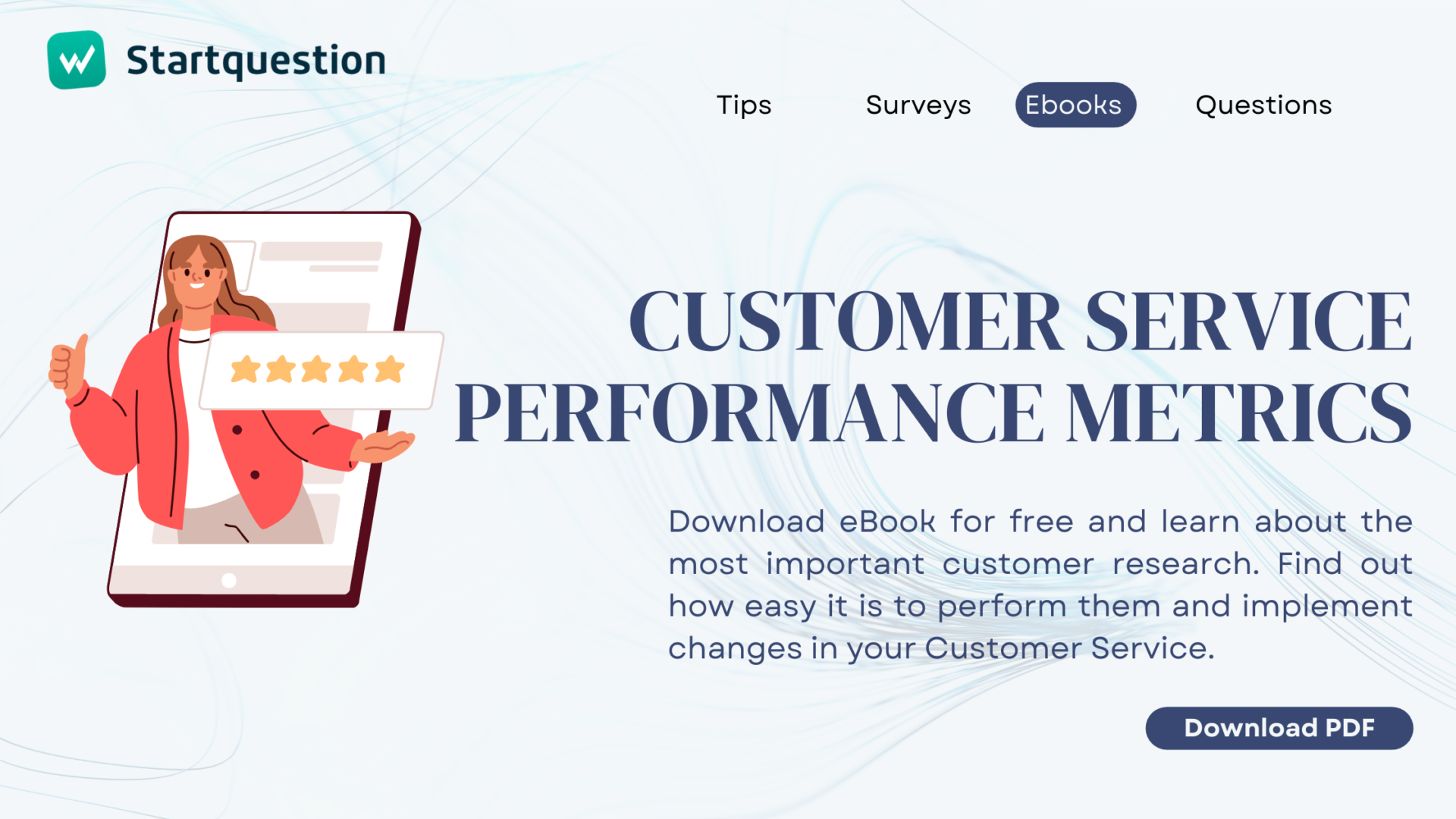In a world where customers are bombarded with information and choices, your brand’s awareness can be the guiding light that helps them find you amidst the digital noise. Your brand can be like the Bat Signal, cutting through the darkness of the market and attracting loyal customers to your side. Unlike the enigmatic Dark Knight, measuring brand awareness is a precise blend of art and science. It requires a touch of Sherlock Holmes’s deductive skills and a sprinkle of the Jedi’s foresight. Welcome to a journey where metrics and strategies converge, transforming your brand into a powerhouse of recognition and recall.
Just as Batman uses his emblem to command attention and inspire hope, your brand’s identity should resonate across the expansive market. In the following sections, we will explore the landscape of brand awareness metrics and strategies, shedding light on the key elements that shape your brand’s presence. In plain business language, you will discover how to measure brand awareness, what is the definition of brand awareness, the top methods to measure it, the relevant KPI-s, what to do when your brand awareness metrics are subpar, and much more.
How Do We Define Brand Awareness?
In today’s fiercely competitive market, brand awareness is crucial in making a brand stand out. But before we know how to measure brand awareness, we have to learn what actually does it actually means. Think of a tune that lingers in your head long after the music stops- similar to brand recognition. It relies on a deep understanding that can be broken down into two essential parts:
- Brand Recognition is the ability of your target audience to easily identify your brand through its logos and symbols. It’s similar to spotting a familiar face in a crowd. Just like how you recognize someone by their face, your audience should be able to understand your brand by seeing its symbols. The golden arches of McDonald’s and the Nike swoosh are examples of renowned symbols that epitomize brand recognition. It’s not just about seeing something but understanding its meaning.
- Brand Recall refers to the ability of a customer to remember your brand and associate it with a particular product or service. For instance, when someone mentions smartphones, the first brands that come to mind are Apple and Samsung. This is a classic example of brand recall. Being remembered and becoming the top choice in a particular industry is crucial for a brand’s success.
As we explore how to measure brand awareness, we must understand that the figures and techniques we discuss can help establish your brand as a recognizable and memorable entity. This is about observing your brand’s popularity and utilizing our insights to shape its perception in the digital business landscape.
Check Our Free Customer Survey Templates
Top 7 Ways to Measure Brand Awareness KPI
In the world of branding, being recognized and remembered is paramount. It’s like having a North Star guiding your business through the expansive market. As marketing specialists, you understand that measuring brand awareness isn’t a straightforward task – it demands delving into data and employing smart strategies that gauge how well people know and remember your brand.
So, let’s dive into the practical side and learn how to measure brand awareness. We’ve prepared the top seven methods. Each of these approaches will help you to measure brand awareness by comprehending how recognizable your brand is and how easily people recall it. These tactics are your instruments for navigating the intricate world of digital marketing, illuminating your brand amidst the competition.
1. Branded Keywords Search Volume
Consider this a virtual popularity contest for your brand’s name in search engines. Utilizing tools like Keyword Planner or Ahrefs, you can measure brand awareness by quantifying how frequently users search for your brand over various timeframes. This numerical data serves as a mirror, reflecting people’s curiosity and interest in your brand. By monitoring trends in search volumes, you gain insights into periods of heightened engagement or potential declines in brand awareness. This method provides a straightforward measure of the public’s responsiveness to your brand.
2. Direct Traffic Growth
Direct traffic acts as a direct indicator of brand awareness. It represents visitors who navigate your website by entering your URL directly into their browser or using bookmarks. An upward trajectory in traffic signifies that your brand has etched itself in your audience’s memory. These visitors recognize your brand well enough to bypass search engines, choosing to interact with your digital presence directly. Monitoring traffic growth with popular tools like Google Analytics offers a concrete assessment of your brand’s resonance, helping you understand which audience segments are firmly tuned into your brand identity.
3. Tracking Share of Voice
Share of Voice (SOV) is analogous to gauging how loudly your brand speaks compared to your competitors. It has evolved from measuring the efficacy of your ads and focusing only on branded search volume to evaluating your overall online presence. SOV helps you gauge how frequently your brand is discussed in marketing, advertisements, and social media. Social SOV centers on how people perceive your brand online and what they say about your competitors.
Incorporating branded search volume into your measurement toolkit provides a holistic view of your brand’s presence and enables smarter allocation of advertising budgets. For instance, if your brand performs well on Facebook but lags behind on Twitter compared to competitors, you can allocate more resources to bolster your Twitter presence. Consider making use of ad exchanges to strategically target audiences on platforms where your brand awareness is lower.
How to Measure Share of Voice? There are two methods: manual and automated. For the latter, simply input your brand name, and the tool will count its mentions online. Perform the same analysis for your competitors. You can calculate your social SOV with the following formula: Number of times your brand is mentioned / Total mentions of brands (yours + competitors’) x 100.
Adding SOV to your measurement toolkit furnishes a comprehensive view of your brand’s presence, and guides informed decisions to stand out in the crowd.
4. Social Media Engagement
In today’s dynamic digital landscape, social media platforms interactions have taken center stage – encompassing likes, shares, comments, and mentions that define online engagement. These metrics offer a unique perspective into your brand’s connection with its audience. As these engagement indicators surge, they signify your brand’s recognition and foster active participation and dialogue. Scrutinizing these patterns in engagement unveils the specific aspects of your brand that stimulate conversations, providing valuable insights into its capacity to resonate deeply with its audience. Social media marketing emerges as a powerhouse for reinforcing brand awareness in this landscape.
When quantifying brand awareness, keeping tabs on your social media followers count emerges as a straightforward yet impactful avenue. The rule of thumb is simple: the larger your follower base, the more potent your brand’s awareness becomes.
However, expanding your social media followers base is just one piece of the puzzle. Concurrently, monitoring social media shares, likes, and comments is essential. A consistent stream of valuable content spanning various formats is crucial for igniting engagement and expanding your brand’s reach across social platforms.
Remember that each comment contributes to extending your reach. Designing social media posts that actively encourage audience interaction, such as posing thought-provoking questions or sharing light-hearted content, has the potential to elevate engagement levels. This strategic approach serves a dual purpose: it not only augments your social media reach but also reinforces your brand’s presence and resonance in the minds of your target audience. So it’s definitely worth it to be a part of your brand awareness strategy.
5. Earned Media Coverage
Earned media, often called third-party publicity, encompasses invaluable brand references and acknowledgments that naturally surface, frequently in the form of blog features or social media shout-outs. What makes earned media indispensable is its foundation in authenticity. These mentions, originating from individuals who have genuinely engaged with your product or service, offer a peer-reviewed perspective that resonates as profoundly reliable and creates genuine referral traffic. Unlike their paid counterparts, earned media possesses the precious quality of being uninfluenced by monetary transactions, making it an invaluable asset.
To understand your brand’s impact comprehensively, utilizing social listening, referral traffic, and brand tracking instruments is essential. These tools provide access to unprompted online mentions, offering a compass to navigate the vast expanse of digital conversations. This becomes particularly crucial when executing large-scale marketing campaigns. By closely monitoring the frequency of these unsolicited mentions across various platforms, you can comprehend how specific ad campaigns are perceived and how they influence the digital landscape.
Navigating the extensive realm of measurements can be daunting. Here’s a strategic approach to simplify the process:
- As you embark on your digital journey, equip yourself with advanced tools such as Ahrefs or Moz. These tools assist in uncovering unlinked mentions of your brand – instances where your brand is celebrated but lacks the connection to foster relationships. Utilize search operators like ‘yourbrandname -site:yourdomain.com’ to refine your searches and unearth these opportunities. Reach out to these domains and establish the crucial link to your site. This has the potential to secure coveted backlinks that enhance your authority.
- Record-keeping is a crucial element of progress. Maintain a record of the numerical evolution of mentions from one month to another. Witness the organic surge as it unfolds in an expanding tally.
The authenticity of earned media is pivotal for its success. Embrace earned media and measure its nuances to harness a force that transcends mere publicity. It can be a testament to trust and authenticity in the digital age.
6. Customer Surveys
Brand Awaraness Survey Template
With ready to use survey template, you easily reach your target audience and get all the data you need to increase your brand awareness.
Brand Awaraness Survey Template
With ready to use survey template, you easily reach your target audience and get all the data you need to increase your brand awareness.
In the realm of insights, direct feedback from your customers is invaluable. A brand awareness survey provides qualitative data on the brand’s online presence. By incorporating questions related to brand recognition and perception in the brand awareness survey, you can gauge the depth to which your brand has penetrated the collective consciousness of your audience. This approach offers an intimate perspective into your target demographic’s perception of your brand. It’s akin to having a candid conversation with your audience, enabling you to pinpoint areas of strength and areas that may require attention and, thanks to this -increase brand awareness.
How to Create a Good Brand Awereness Survey?
Above, we showed you an example of a sample brand awareness survey. However, this is only a suggestion – the more personalized the survey, the more information you will get and the more useful it will be. Nevertheless, there are some basic rules that you should follow when creating a brand awareness questionnaire:
- Make the brand awareness surveys as personal and personalized as possible – respondents are more likely to complete it when they feel it relates to their personal experiences and it is not one of the hundreds of messages sent to all contacts (even if it is:))
- Ask not only about issues strictly related to the brand or product – try to find out as much as possible about the customer – their place of residence, income, etc. You can add a section with personal information to the content of the brand awareness survey. The knowledge gained this way will help you get information on your popularity among certain customers and which you still need to reach.
- Don’t overdo it! This is the key rule for brand awareness surveys and all customer research – keep the entire questionnaire short and the questions specific. Otherwise, the length alone may discourage the respondent from knowing what you want to ask about.
- Choose the right moment to send out your brand awareness surveys – for example, in an email summarizing your purchases or submitting a new offer.
- Choose the right channel to reach your audience. You can use the power of social media platforms, publish the brand awareness survey on particular websites, use a QR code, or start an e-mail campaign. Choose the channel that makes the brand awareness measurement the easiest for you.
Using the ready survey template available on the Startquestion platform, you can quickly create brand awareness surveys that you can distribute even to a large target group. The automatically generated report and the ability to filter the answers will allow you to draw clear conclusions with ease.

7. Content Marketing Effectiveness
Content marketing involves the creation of valuable content to enhance brand visibility and establish trust with your target audience. Specifically, when your content ranks prominently on search engine results pages, your brand can extend its reach and attract qualified traffic. Compelling content is essential for EEAT and YMYL algorithms, guaranteeing that your material is trustworthy, credible, and tailored to users’ needs, thus directly shaping your website’s ranking and visibility.
For instance, consider a scenario where a visitor, initially unaware of your product’s features, comes across your brand name due to their engagement with one of your top-of-funnel articles that ranks on Google’s first page. To further captivate your audience, incorporating tools like an AI image generator can create visually appealing content that enhances user experience and engagement.
As you continue to produce blog posts, it is crucial to closely track key performance indicators such as keyword rankings, organic traffic, and conversion rates. This analysis provides insights into how well your content resonates with the audience and the volume of new visitors it brings to your website monthly or even daily.
How to measure your content marketing strategy success?
To gauge your content marketing performance effectively, leverage tools like Ahrefs for monitoring traffic and keyword rankings. Additionally, employ Google Analytics to track and assess conversions, allowing you to adjust your content strategy as needed.
In this comprehensive toolkit of brand awareness metrics, each method casts a unique light on your brand’s recognition and recall. By combining these methods, you can achieve a seamless integration of insights that will help you make informed strategic decisions. By leveraging the power of these metrics, you will be able to design a marketing strategy that effectively reaches your target audience and enhances the profile of your brand in the constantly changing market.
Brand Tracking Tools – Your Help with Measuring Brand Awareness
As you already know, increasing brand awareness demands proper tools. While established brand tracking tools like Kantar offer valuable insights, it’s important to note that you can leverage freely available programs to measure brand awareness effectively. For instance, Google’s Search Console offers access to brand traffic data, revealing how frequently your brand is being searched. You can analyze this data to derive meaningful insights without incurring substantial costs by harnessing tools such as Lookers Studio.
Moreover, social media listening platforms like Brandwatch or Mention can be invaluable for tracking brand mentions and sentiment across various online channels. These tools allow you to monitor your branded content and keep an ear on what your customers and competitors say about your brand performance. This real-time data is a goldmine of information, helping you understand your brand’s public perception and identify improvement areas.
As mentioned before, don’t underestimate the power of customer surveys (and particularly – brand awareness surveys) and feedback mechanisms. Tools like Startquestion can be integrated into your website or email campaigns to gather direct insights from your audience. By asking questions related to brand recognition, recall, and associations, you can measure how effectively your brand perception is sticking in the minds of your target audience.

In simple terms, if you combine free and paid tools, you can understand how well your brand is doing in the market. This helps you make smart decisions to make more people aware of and engage with your brand. But if you’re tight on money, using free tools like Looker Studio or Google Search Console can still give you enough information to see how your brand is doing and improve it. So, whether you have a big budget or not, you can use these tools to make your brand stronger and more competitive.
Tips for Choosing Metrics and KPIs for Brand Awareness
Now you know how to measure brand awareness. However, selecting the right metrics and key performance indicators (KPIs, key metrics) is the next crucial step in any marketing strategy. Here are some valuable tips to help you make informed choices before adopting specific metrics:
- Relevance to Your Audience: Before settling on brand awareness metrics and KPIs, consider where your audience predominantly engages with your brand. For example, if Facebook drives the most traffic to your website, it might be more meaningful to focus on metrics related to social media engagement, shares, and comments rather than tracking brand searches on Google.
- Seasonality: Keep seasonality in mind when choosing your metrics. Some industries and businesses experience significant fluctuations in brand awareness based on the time of year. Metrics that make sense during one season might not be as relevant during another. Adjust your KPIs accordingly to align with seasonal trends and audience behavior.
- Data Accuracy and Availability: Ensure that the data required to measure your chosen metrics is readily available and accurate. Relying on metrics that are difficult to track or verify can lead to inaccurate assessments of your brand’s performance. Choose metrics for which you can consistently collect reliable data.
- KPIs in Tandem: It’s often wise to select a small set of 2-3 KPIs to focus on. By doing so, you can dedicate more resources to measuring and analyzing them accurately. Having a concise set of KPIs also makes tracking progress and making timely adjustments to your brand awareness strategies easier.
- Align with Objectives: Ensure the selected metrics align with your brand’s overarching goals and objectives. For instance, if your primary goal is to increase website traffic, metrics related to social media performance might not be as relevant. Align your KPIs with your specific brand awareness objectives to measure success effectively.
- Competitor Benchmarking: Consider including metrics that allow you to compare your brand awareness growth with your competitors. Monitoring how you stack up against industry rivals can provide valuable insights into your brand’s relative position in the market.
- Long-term Viability: Think about the long-term viability of the metrics you choose. Will they continue to provide valuable insights as your brand evolves and grows? Avoid metrics that might become obsolete quickly.
Measure Brand Awareness and Do it Right – Ready KPI and Metrics Examples for Your Company
To illustrate the practical application of brand awareness KPIs and avoid using vanity metrics, here are some ready examples:
- Impressions: This KPI tracks how often your content or ads have been displayed to users, often in online advertising campaigns. It’s a straightforward way to measure the potential reach of your brand.
- Click-Through Rate (CTR): CTR measures the percentage of people who click on your online ad or content after seeing it. A higher CTR indicates that your brand messaging is compelling enough to generate user interest.
- Brand Recollection: This metric assesses how well your audience remembers your brand after exposure to your marketing efforts. Conducting surveys or using tools like aided recall studies can help gauge brand recall.
- Brand Sentiment: Measure the sentiment associated with your brand mentions online. Tools like sentiment analysis algorithms can categorize mentions as positive, negative, or neutral, providing insight into public perception.
- Share of Voice (SOV): SOV calculates your brand’s presence in relation to competitors within a specific market or industry. It’s often expressed as a percentage and can show how much mindshare your brand holds.
- Net Promoter Score (NPS): NPS measures customer loyalty and advocacy. It involves asking customers how likely they are to recommend your brand to others. A higher NPS indicates stronger brand loyalty and positive word-of-mouth potential.
- Website Bounce Rate: A high bounce rate indicates that visitors leave your website quickly, possibly due to a lack of interest or relevance. Monitoring this KPI helps assess the effectiveness of your website in retaining visitors.
- Time Spent on Page: The amount of time users spend on your website or specific landing pages can indicate engagement. Longer durations may imply deeper interest in your brand or content.
- Social Media Share of Conversations: Analyze the volume of social media conversations related to your brand compared to competitors. A higher share of conversations suggests greater brand awareness.
- Customer Acquisition Cost (CAC): While traditionally a metric for assessing the cost of acquiring customers, a lower CAC for brand awareness campaigns can indicate efficient spending on growing your brand’s reach.
- Email Open Rate: For email marketing efforts, the open rate measures the percentage of recipients who open your emails. It indicates how engaging your subject lines and content are.
- Influencer Engagement: If you work with influencers, track metrics like likes, comments, and shares on their posts featuring your brand. These engagements can provide insights into the effectiveness of influencer partnerships.
In conclusion, selecting the right brand awareness metrics and KPIs is a critical decision that should align with your audience, goals, and the specific nuances of your business. By considering factors such as relevance, seasonality, data accuracy, and alignment with objectives, you can ensure that your chosen metrics effectively measure and drive your brand’s awareness in the right direction.

Low Brand Awareness – What to Do?
When faced with low brand awareness metrics, consider the following steps to improve your brand’s visibility and recognition:
- Audit Your Strategies: Conduct a comprehensive audit of your current brand awareness strategies and metrics. Identify areas where improvement is needed, whether in social media engagement, search engine rankings, or audience recall.
- Know Your Audience: Reassess your target audience and their preferences to ensure your messaging meets their needs and interests. A deep understanding of your audience is crucial for effective brand awareness efforts.
- Revamp Content Strategy: Consider revamping your content strategy to create valuable, shareable content that resonates with your audience and encourages organic sharing. High-quality content can significantly boost brand visibility.
- Invest in Paid Advertising: To jumpstart your brand’s visibility, invest in paid advertising campaigns on platforms where your audience is most active. Strategic ad placement can quickly increase brand exposure.
- Leverage Influencers: Collaborate with influencers or industry experts to leverage their reach and credibility. Influencer partnerships can introduce your brand to a wider audience and build trust.
- Continuous Monitoring: Establish a system for continuously monitoring and analyzing brand awareness KPIs. This allows you to track progress over time and make data-driven adjustments to your strategies as needed.
Now you have all you need to know how to measure brand awareness. However, remember that building brand awareness is an ongoing process, and with a well-structured approach, you can gradually enhance your brand’s presence in the market.
Start Your Brand Awareness Survey For Free
If you want to build brand awareness, we can help you take the first step. Simply create a free account on Startquestion, and you can start your brand awareness research – send your first survey in just a few minutes using a ready-made survey template. All the results will be collected in one place, and you can easily integrate them with your marketing tools. You can also generate reports with just one click, which will be ready to present to your team and help raising brand awareness metrics all over your organization.







